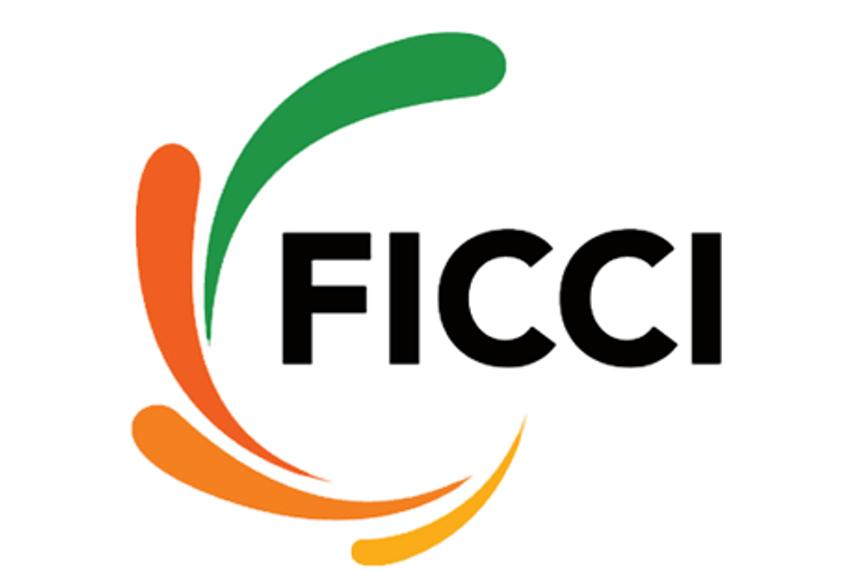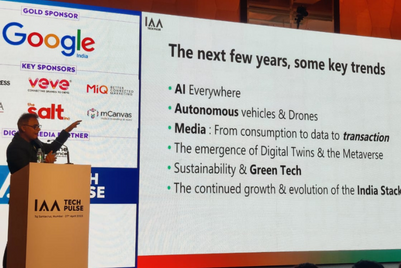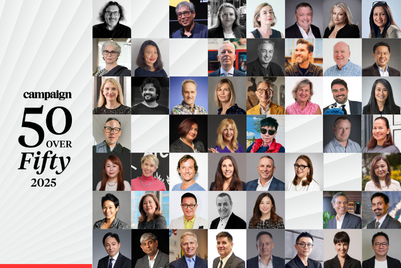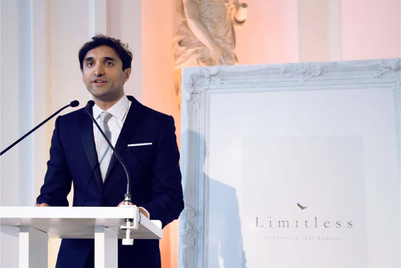
Satyan Gajwani, CEO, Times Internet delivered a keynote on day two of FICCI Frames 2014. He started off noting that while digital gets a lot of attention, it doesn’t get the money.
Gajwani said, "A few years ago, we needed to ask ourselves if digital was really a business. But, that is changing now. Justdial is the third largest media company and that's a digital company. Infomedia and Makemytrip follow in fourth and fifth emphasising the point that digital is important now. Digital will be the largest player in the industry in the next 10 years."
Delving into the digital content consumption ecosystem, he underlined that it was fundamentally different from mainstream TV consumption. “Platforms available in digital are in thousands. Competition breeds innovation. Digital is disrupting how people listen to music, watch movies. We're also now seeing social karaoke online and helping people become DJs with some apps. So it is definitely changing the way we learn," added Gajwani.
He spoke of how a lot of digital products are shutting down too, and advised social content partnerships to keep businesses going. "We need to look to create ecosystems and not the product. Apple did that with the app store and with that it now has endless possibilities. The mobile canvas is currently empty and let's embrace change together."
Opening remarks
Sam Balsara, chairman and MD, Madison World, delivered the opening remarks.
He said, "Life is far more complex now for the agency and the advertiser, while it's become easier for the consumer. We are catching up with the multi-screen window soon. In my opinion, it's going to be the TV and mobile screens being dominant here. That is where all the money is going to be. We have begun to see this in India; the fear was that when people spent a certain amount of time on one medium, they were taking away time from another. That's changing. Now with more screens emerging, the total time is increasing instead."
Balsara spoke about something that disturbed him: "Content owners are doing something that disturbs me. They have two revenue earners - one from the consumer, second from the advertiser. He's lucky to have this, but this opportunity has not been seen. I think (it might be a biased view) but a healthy business model will have a 50:50 ratio of advertising and consumers (subscription). Now, over the years subscription revenue has come down to increase reach and rely more on advertising.This has gone down to a ridiculous ratio and we need to get back to the 50:50 model."
"An advertiser is being forced to advertise because of commercial reasons. But the money available is limited. Total revenue of the advertising industry is Rs 35,000 crore. Our total population is one billion , so that's a very low ratio. An advertiser seeks reach and exposure and is also looking for some benefit from the media vehicle itself. If I advertise in The Times of India, I want to reach the readers but also reap some of the respect that the newspaper commands. That would be the idea and that is what an advertiser wants. When IPL started and needed to generate money to make it happen, we convinced buyers to buy very expensive properties. Now, the IPL isn't sold by one person, but by almost 1,500 people. This might be working for it in the short run, but in the long term it's driving away advertising value."
Balsara also spoke about how mobile was helping agencies command higher fees from clients. "We created an app idea for Cadbury. With the Bournvita Quiz Contest going on, on television, users can answer the questions they're seeing on TV through their mobile phones. Such innovations help."
Re-imagination formats
Anchor Ramki Sankaranarayanan, CEO, Prime Focus, asked the panel to briefly point out the monetisation opportunities in a multi-screen world.
Chakranpani Gollapali, GM, consumer channels group, Microsoft India, said, "It's about providing curated experiences. When you look at people, they are so attached to their mobile device and you could see that as an opportunity."
Neeraj Roy, MD and CEO, Hungama Digital, said, "I want to bring positive energy. There is already significant amount of monetisation in digital. Globally, it's almost 80 to 90 billion worth of digital goods. The Indian market has been restricted to a particular medium. We need to balance advertising. Roughly 10 per cent of the audience is paying for some content. Now, we're moving from 2G to 4G and there's a need for reimagination of formats."
Karan Bedi, founder and CEO, Tutorific, noted that in the education space, advertising was looked down upon. The need was to focus a lot more on experiences instead, said the speaker.
Rishi Jaitly, India market director, Twitter, noted, "Twitter used to be a status update service through SMS. Now, 95 per cent of the world's online conversations happen on Twitter. We have been pretty excited about content creators using Twitter for public conversations."
Nikhil Naik, head - director, global content and distribution, Vuclip, offered, "We attract 120 million users, all through mobile because we're only present there. We've seen how people are using different screens. We found out that one lady used her mobile to catch up on serials because she faces a power cut during the hours they're broadcast on television. That's how vast it is."
‘Does storytelling need to be different across screens?’
Naik responded in the affirmative to this question posed by Sankaranarayanan. "The way storytelling for content in movies was very different from television, it's the same thing for mobile as well. There are so many options on mobile that content needs to pass two friction points - one is after four or five seconds, the other after 40 seconds."
Roy added, "I feel that in this market whatever the category, you need to localise. We can't have the same advertising. We need to work with marketing agencies and services.”


.jpg&h=334&w=500&q=100&v=20250320&c=1)
.jpg&h=334&w=500&q=100&v=20250320&c=1)

.jpg&h=334&w=500&q=100&v=20250320&c=1)


.jpg&h=334&w=500&q=100&v=20250320&c=1)
.jpg&h=334&w=500&q=100&v=20250320&c=1)


.png&h=268&w=401&q=100&v=20250320&c=1)





.jpg&h=268&w=401&q=100&v=20250320&c=1)
.jpg&h=268&w=401&q=100&v=20250320&c=1)
